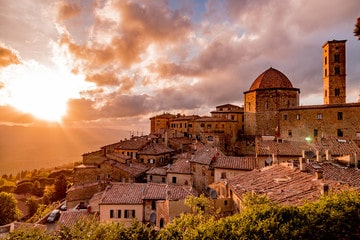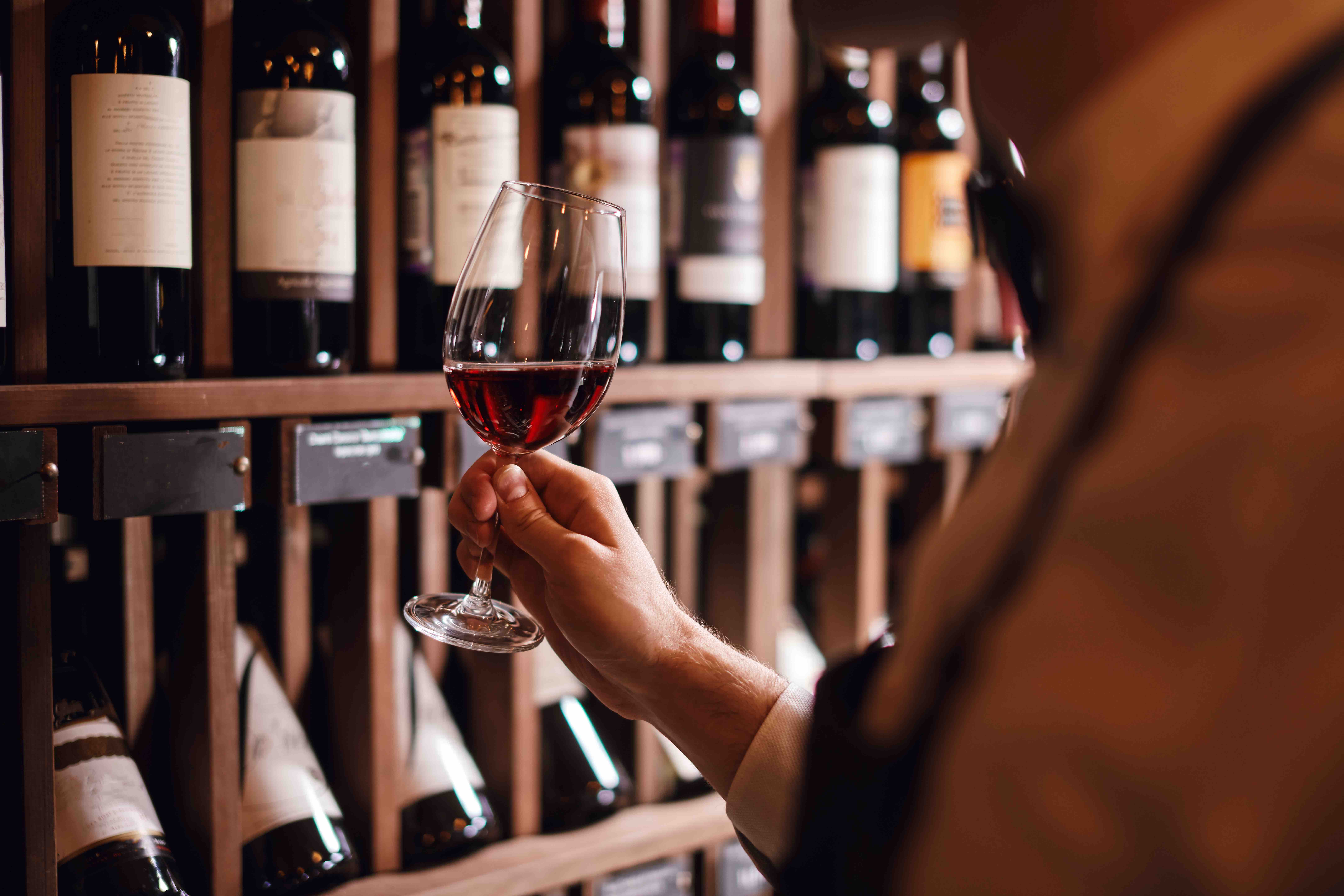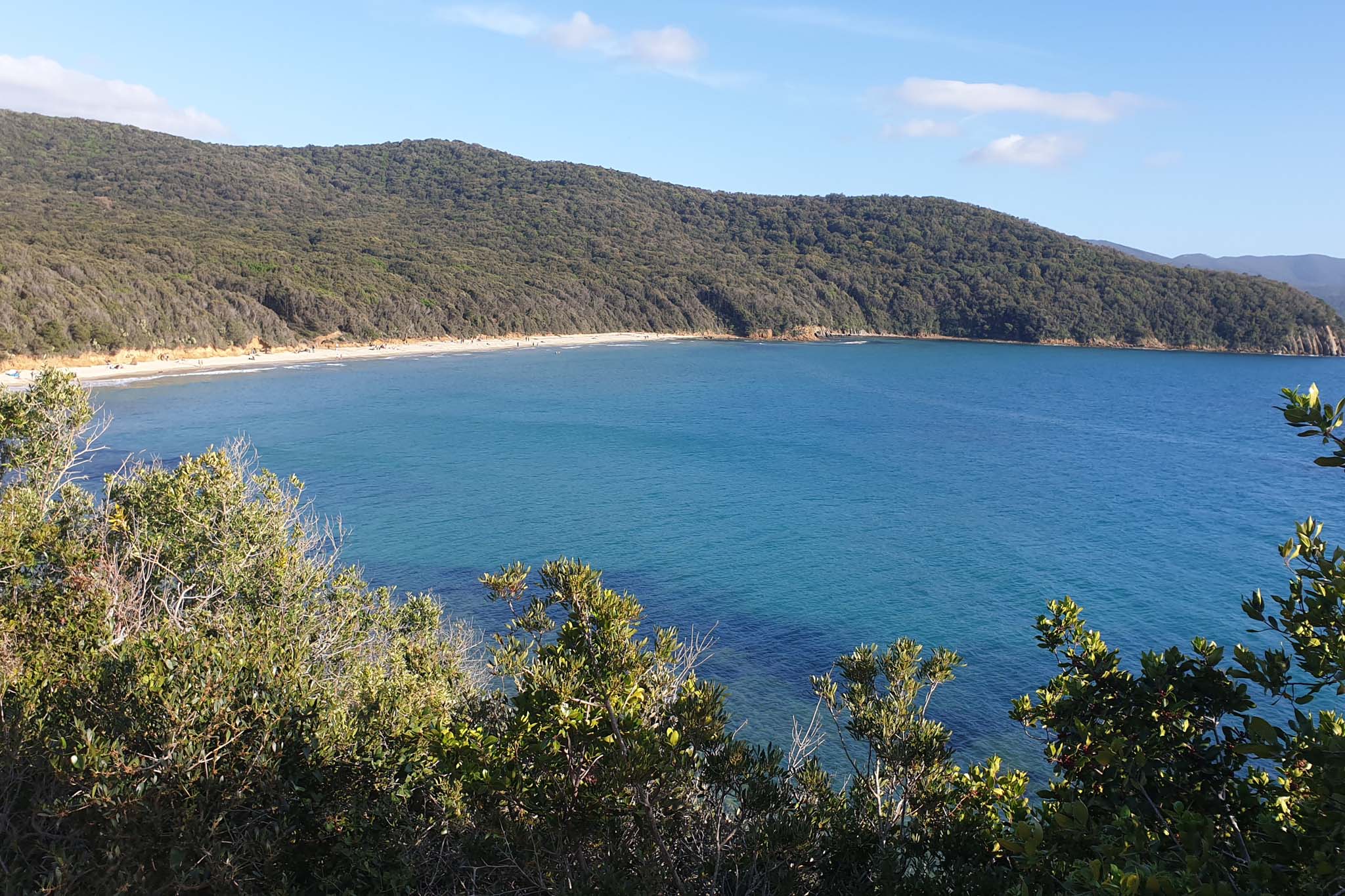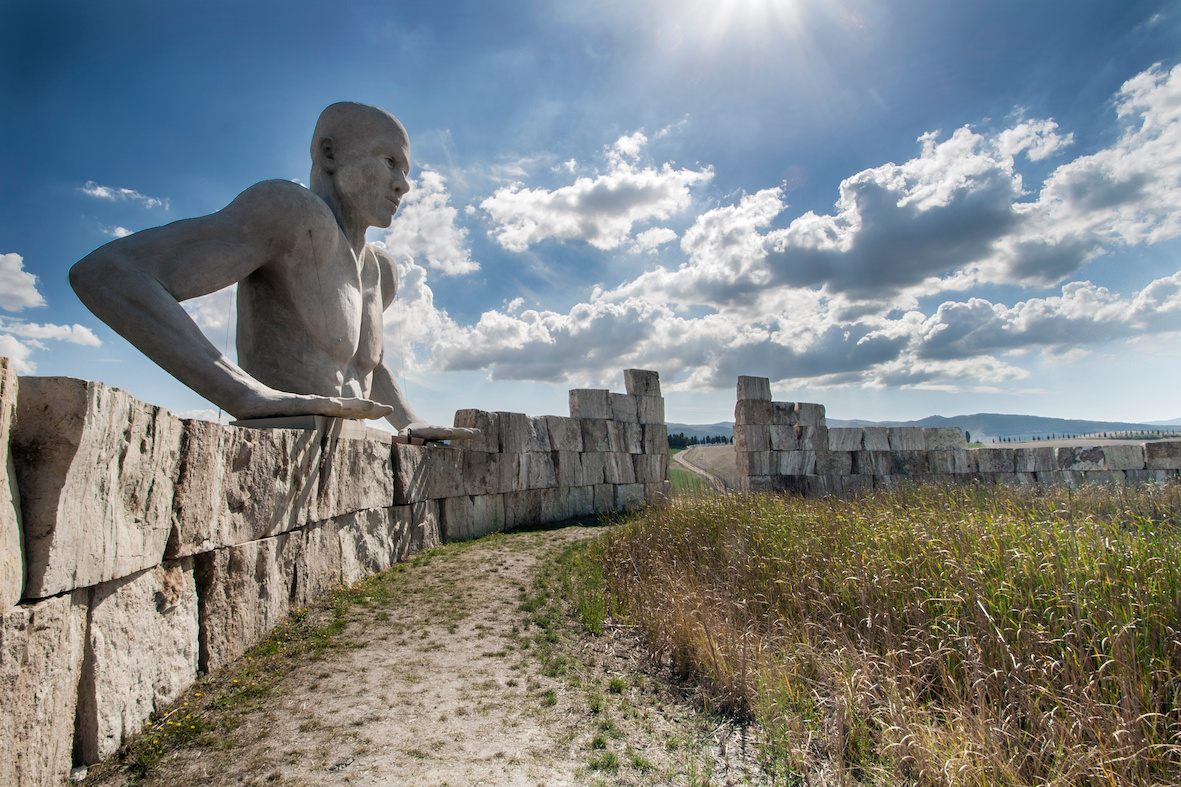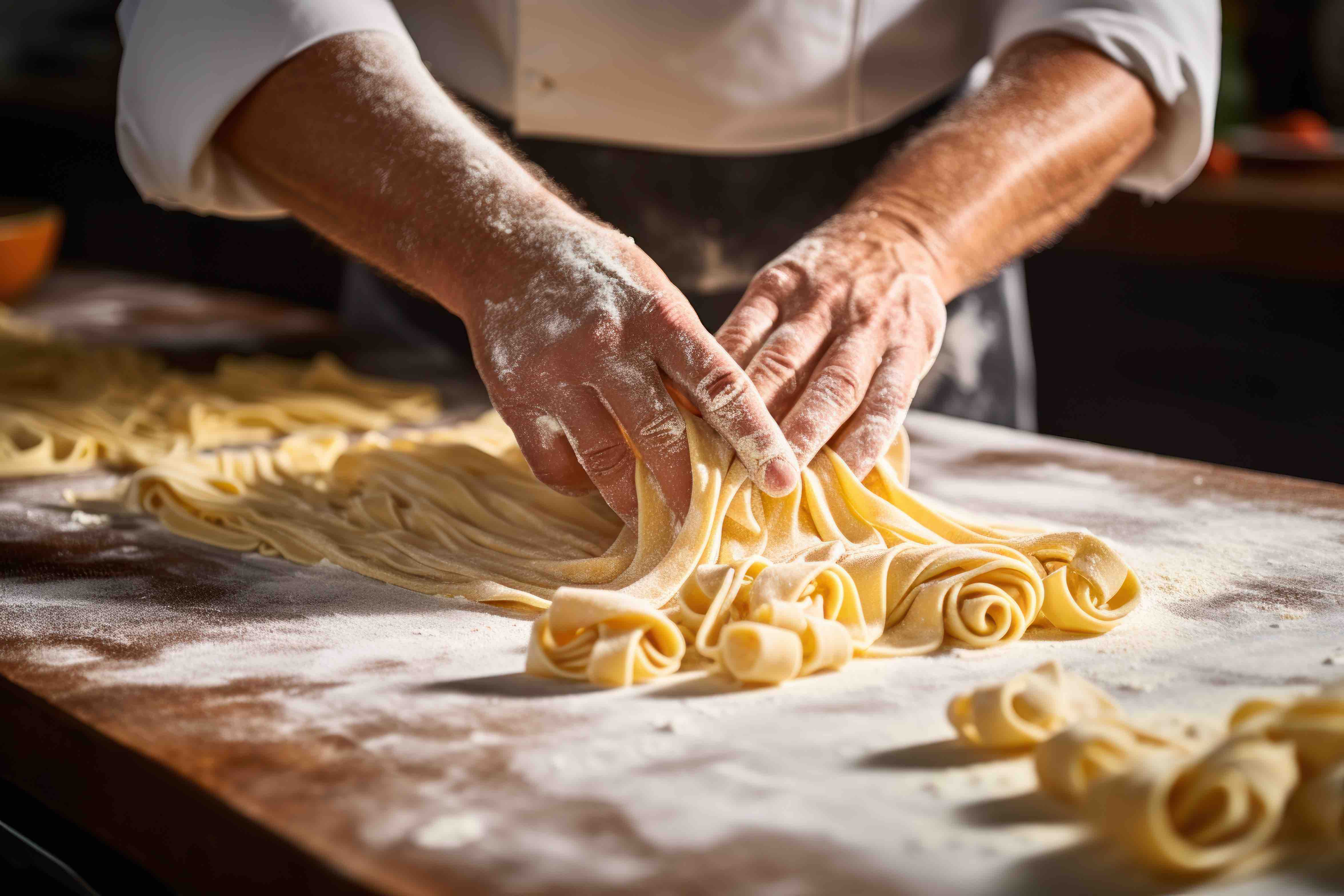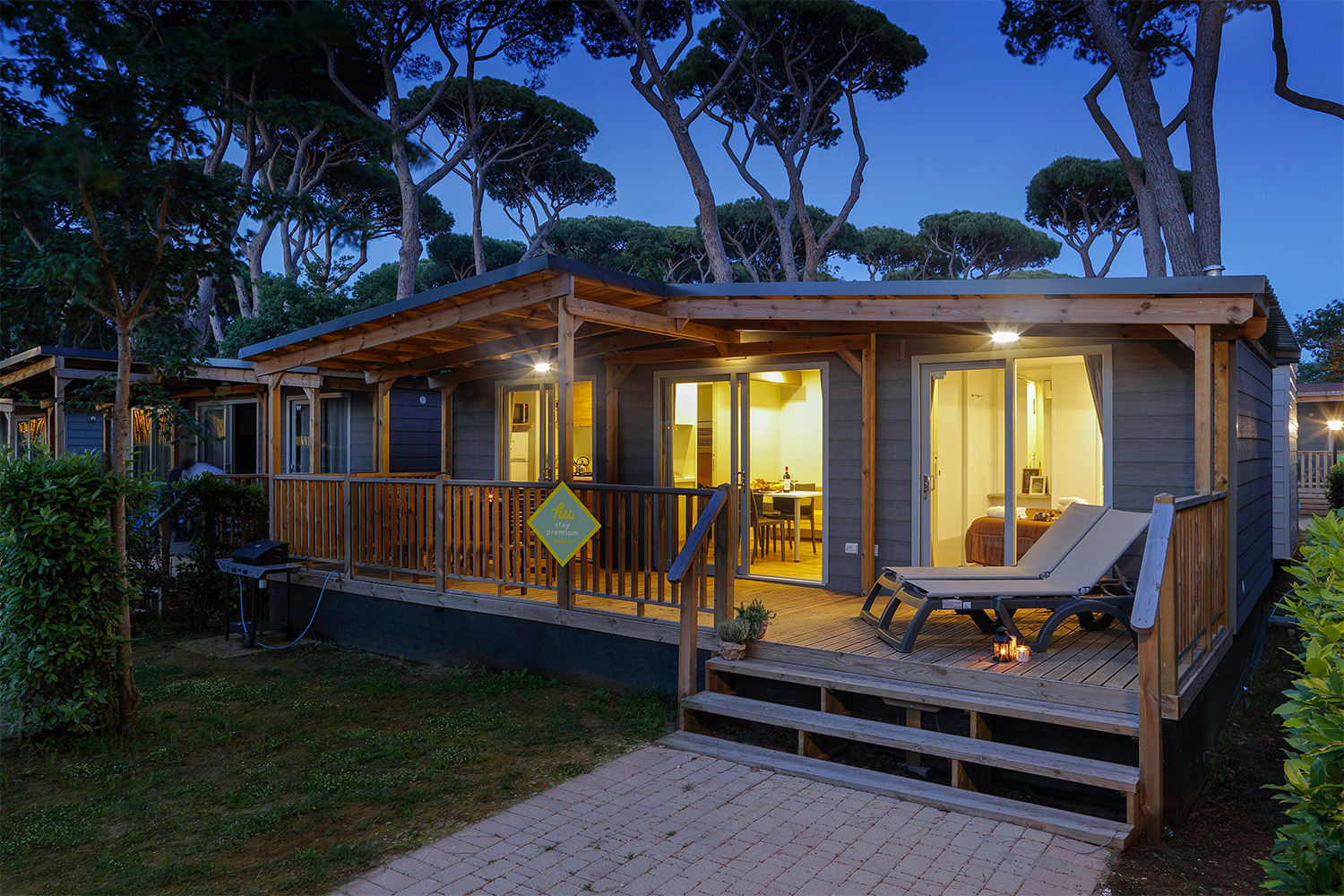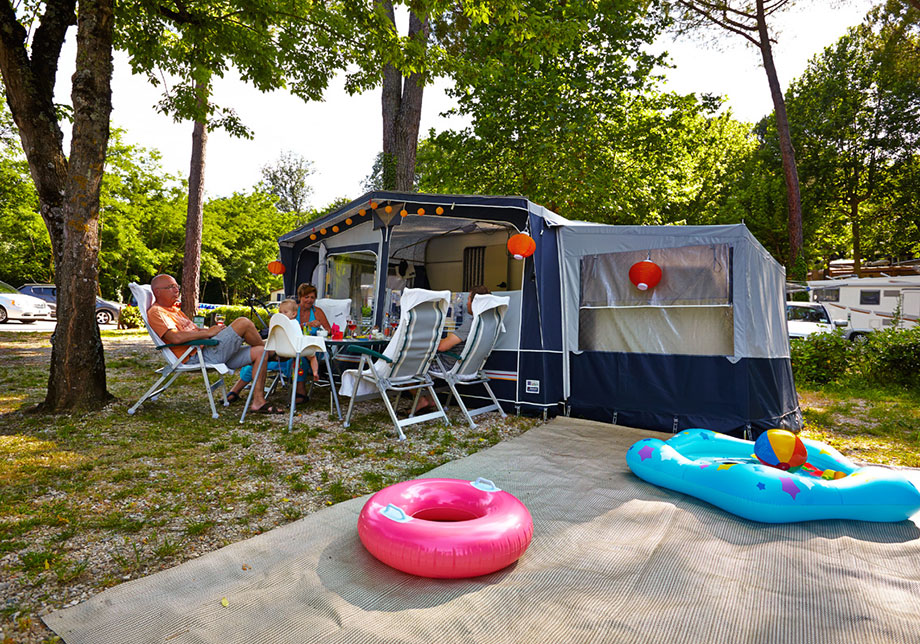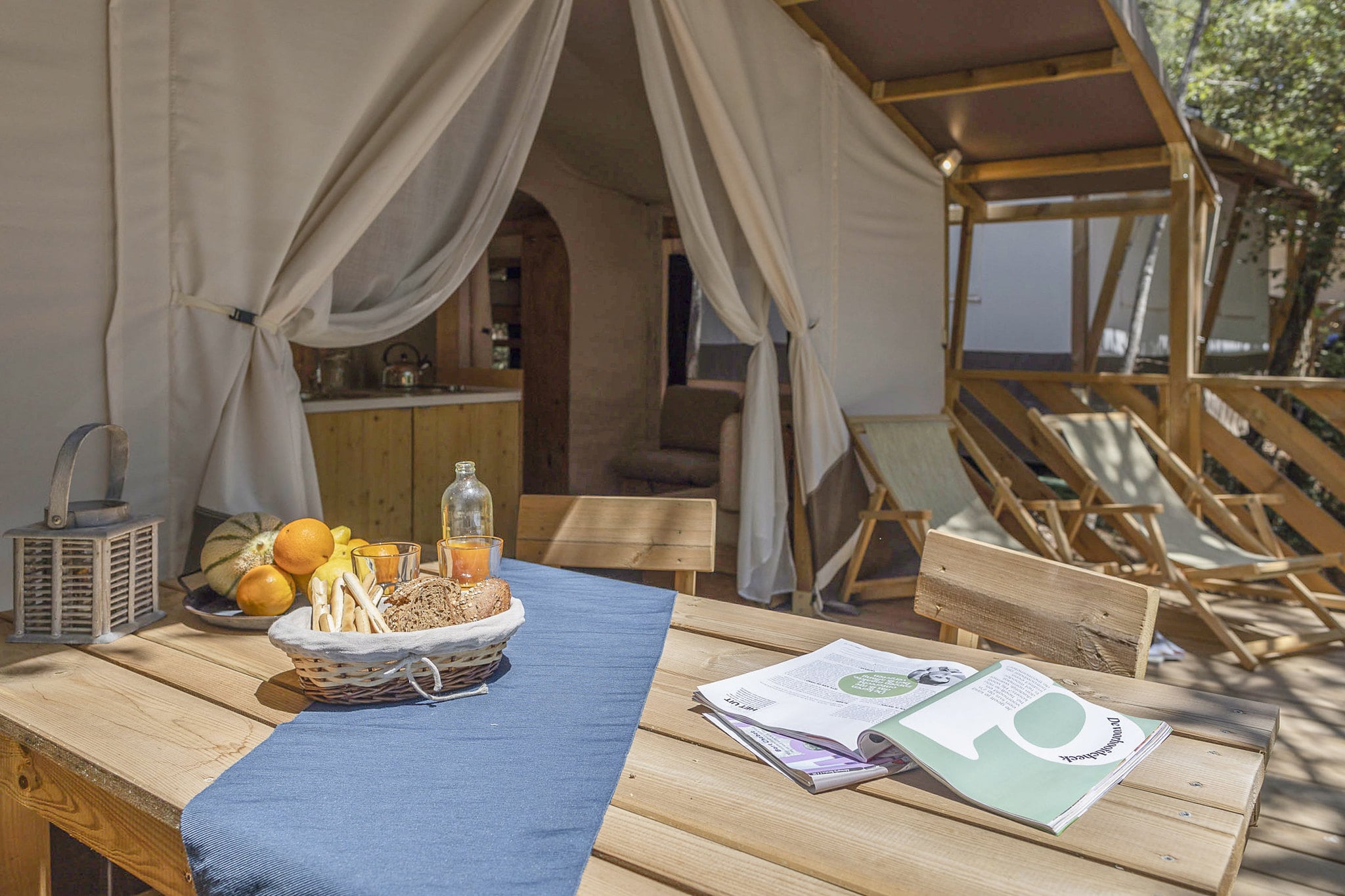A tour of the villages in this part of Tuscany has many surprises in store: from the small seaside town that has attracted artists and film stars for over a century, to delightful villages perched on hills overlooking the sea and its islands. All are worth a visit, but these are our favourites.
Montescudaio, a belvedere amid olive groves and vineyards
Montescudaio is one of the most beautiful villages in Italy and is less than 10 minutes’ drive from the hu Montescudaio village. On your way, the road winds through the forests to arrive at a small, red-roofed town surrounded by olive groves and the vineyards of the prestigious Montescudaio DOC wine. A steep road leads up to the old castle that dominates a town still encircled by its impressive walls, at places an imposing to 15-metres high. Catch your breath and walk through the quiet and well-kept paved alleyways to conquer the belvedere from where, on clear days, the silhouette of Corsica is visible beyond the islands of Gorgona and Capraia. If you enjoy the delights of Bacchus, the best and most fragrant time to visit the village is during the Wine Festival, which takes place on the first weekend in October.
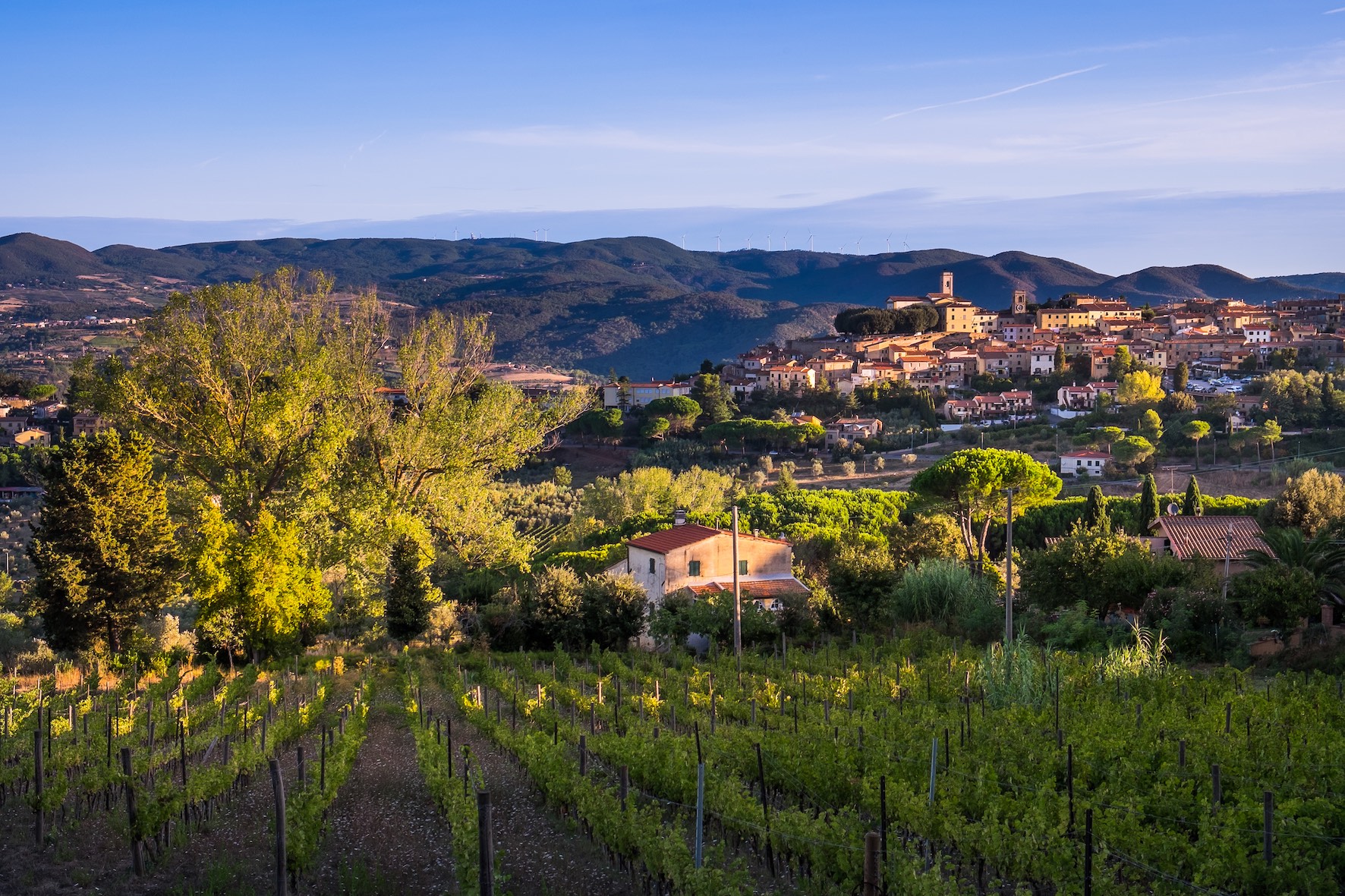
Montescudaio
Casale Marittimo, Tuscan perfection
Perhaps one of the most evocative, lively and best-preserved villages in this hilly area overlooking the coast, Casale Marittimo clings to a steep hillside, nestled around its small square. In summer, it is at its best time around sunset. After a day at the beach, an aperitif in the central Piazza del Popolo caressed by the evening breeze is sheer delight, and the numerous venues will leave you spoilt for choice. Before or after your moment of well-deserved relaxation, take time to wander the streets of the village, seek out the ruins of the ancient castle hidden among the houses, the Clock Tower and the unlimited stunning views of the countryside. Drink it all in and enjoy the moment. If you pass by here on a summer evenings, check the festival calendar and look for the Sagra della Chiocciola (snail festival), and sample the traditional snail cacciucco.
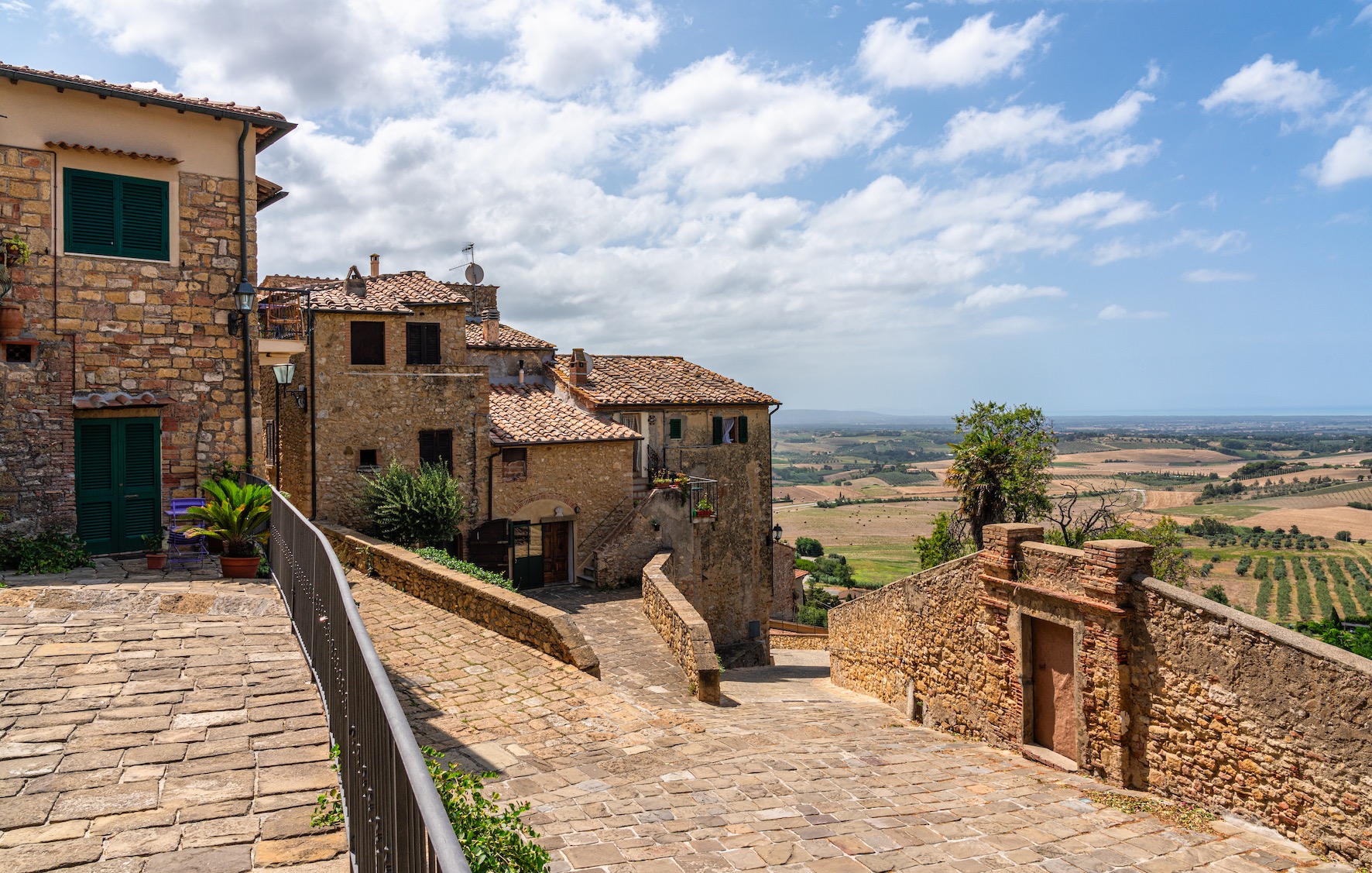
Casale Marittimo
Castiglioncello, breathtaking loveliness
Perched on the edge of the Rosignano Marittimo district along the rocky coast that is the last offshoot of the Livorno mountains: Castiglioncello was once a small fishing village with Etruscan origins, whose peaceful but elegant atmosphere attracted, and still attracts today, those in love with beauty. It is therefore not surprising that Castiglioncello became the favourite holiday resort for artists and intellectuals towards the end of the 19th century - in particular for the exponents of the Macchiaioli movement - and was nicknamed the ‘pearl of the Tyrrhenian Sea’. The pine forest and sheer cliffs around the town conceal inaccessible, luxurious villas, and you may recognise this stretch of coastline from scenes of the unforgettable film Il Sorpasso, directed by Dino Risi and starring Vittorio Gassman and Jean-Louis Trintignant. But Castiglioncello is a wonderful place to take a stroll by the sea along the Baia del Quercetano or in the park under the pines and to enjoy the slightly old-world but elegant nightlife that is centred around the Piazza della Vittoria, a must-see when passing through here. Stop off at the legendary Caffè Ginori, a piece of 20th-century history, symbol of the dolce vita. Access the public park from the piazza and walk up to the neo-Gothic Castello Pasquini, which is alive in the summer with events and cultural happenings.
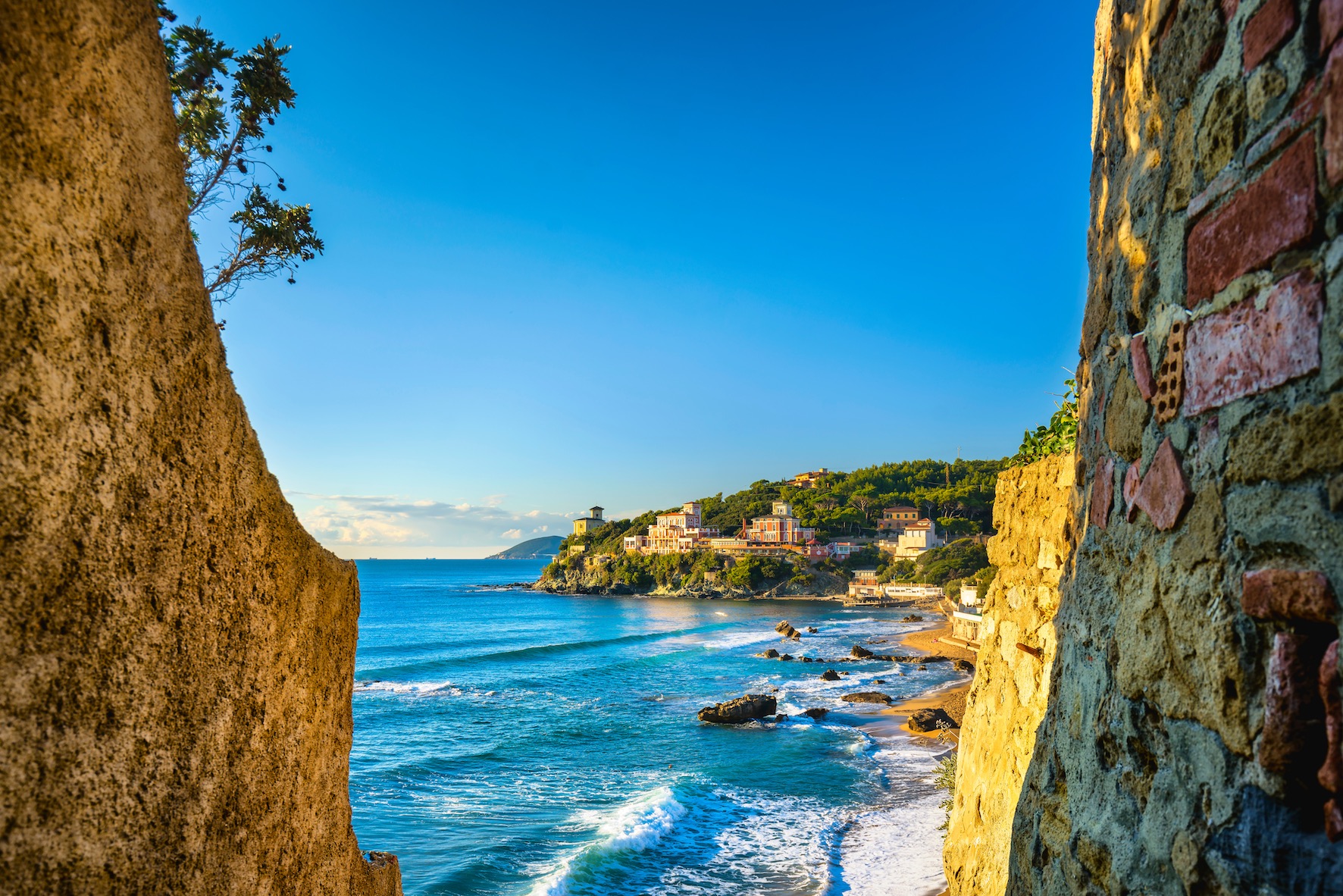
Castiglioncello
Campiglia Marittima: medieval view over the islands
A maze of uphill alleys, quiet little squares and medieval views: Campiglia Marittima may look like a classic Tuscan hamlet, but it’s much more. It is a thriving town known for its splendid views over the sea, a blue backdrop dotted with the islands of the Tuscan Archipelago, whose history is written in the coats of arms hung on the Palazzo Pretorio. This building was the seat of the podestà sent from Florence to oversee the territory and now houses the Museo Guarnieri, exhibiting a collection of paintings and woodcuts by Carlo Guarnieri, Italian master of woodcuts born in Campiglia, and the Museo dei Minerali (Mineral Museum), a reference to the town’s mining past. From Piazza della Repubblica climb up to the fortress. residence of the Della Gherardesca family. A spectacular time to visit Campiglia is in mid-August, when Apritiborgo, a lively street theatre festival, transforms the streets and squares into stages for surprising performances.
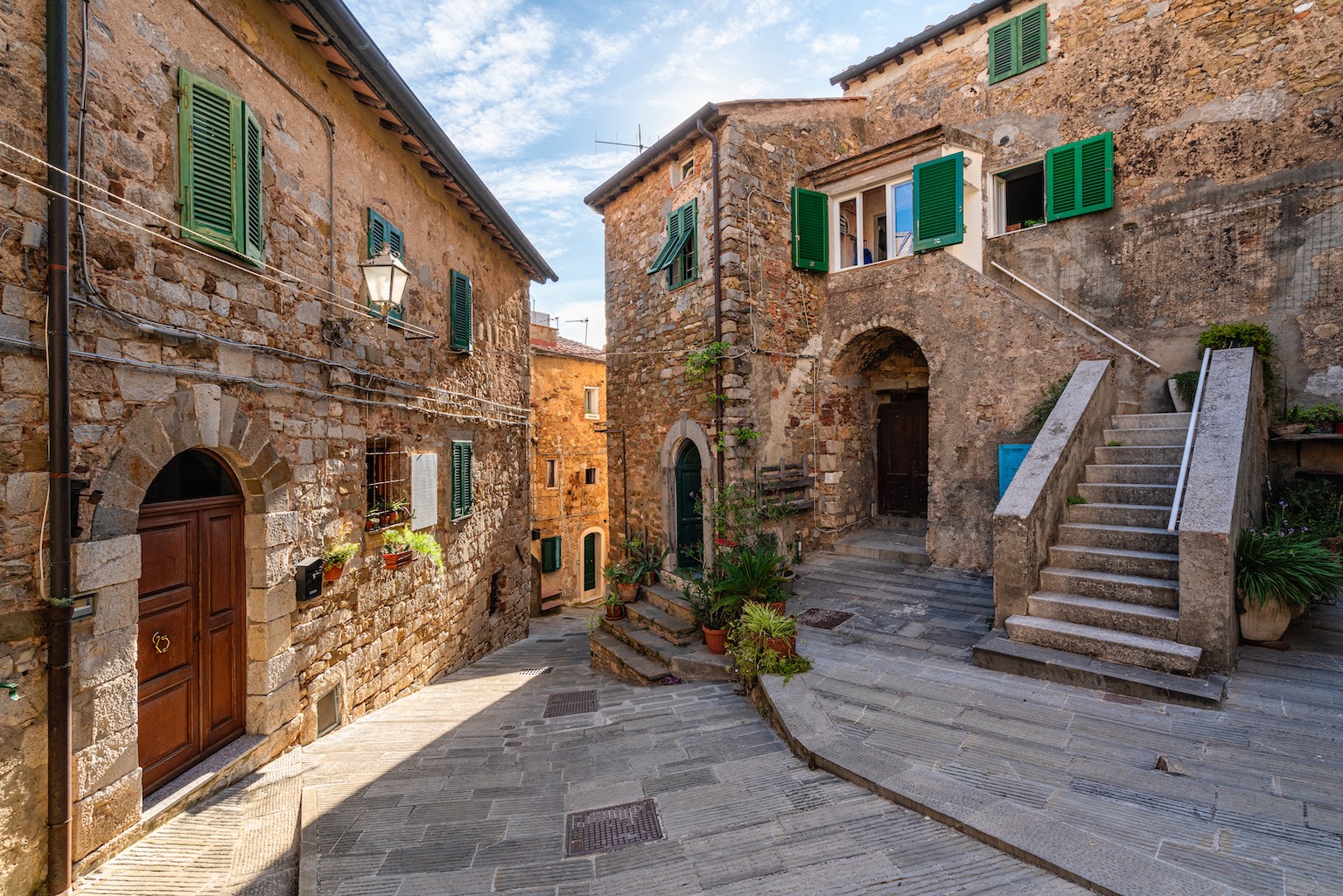
Campiglia Marittima
Suvereto, via Sassetta
If you are planning to visit Suvereto, try taking the 329 provincial road passing via Castagneto Carducci: it is one of the most lovely drives in the area passing through rolling hills, green meadows, fairytale forests, isolated farmhouses and villages forgotten by time. Before you reach Suvereto, make a pit-stop at Sassetta for refreshment at the Art Caffè Bar Roma and a stroll through this village lost in a forest dotted with interesting sculptures and art installations. When you arrive, you'll realise all the breathtaking scenery on the way was just an warm up for the loveliness that awaits at Suvereto, which is arguably the prettiest town in the Val di Cornia. Nestled in a cork oak grove (from which it takes its name), the centre embraces the ruins of the Rocca Aldobrandesca. Explore the village at a leisurely pace and then indulge yourself at I’Ciocio, a temple to the local cuisine.
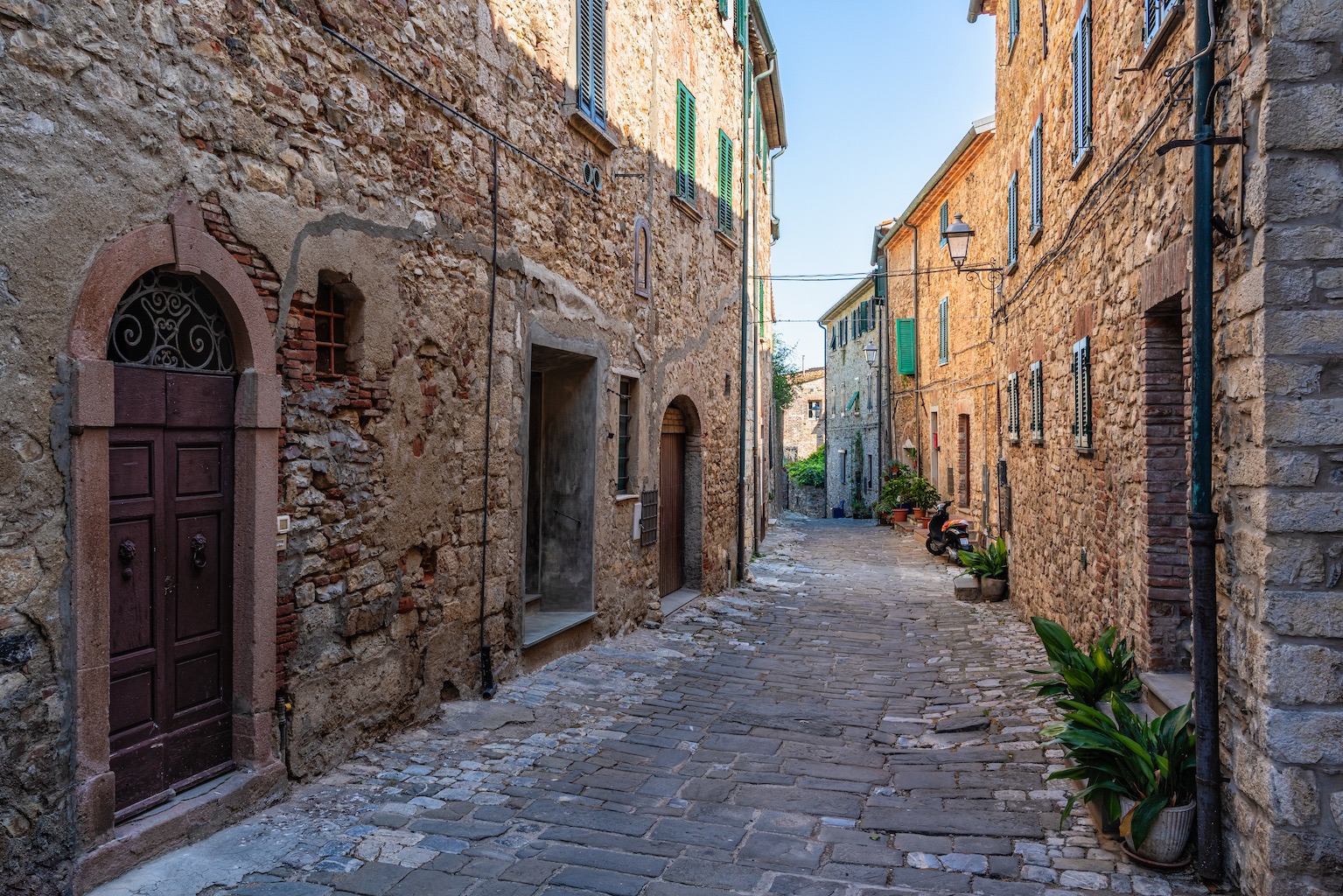
Suvereto



